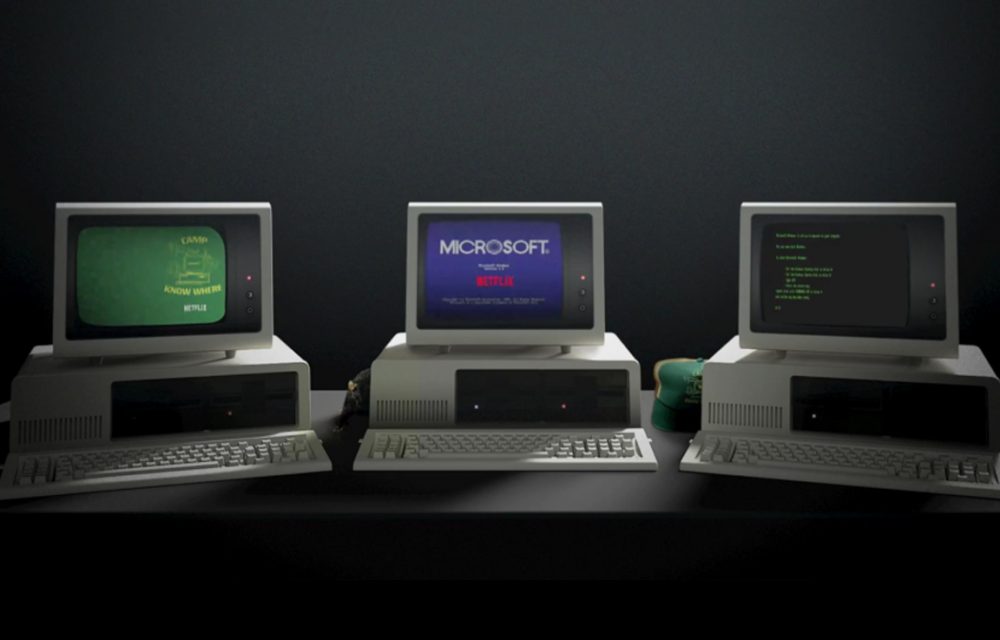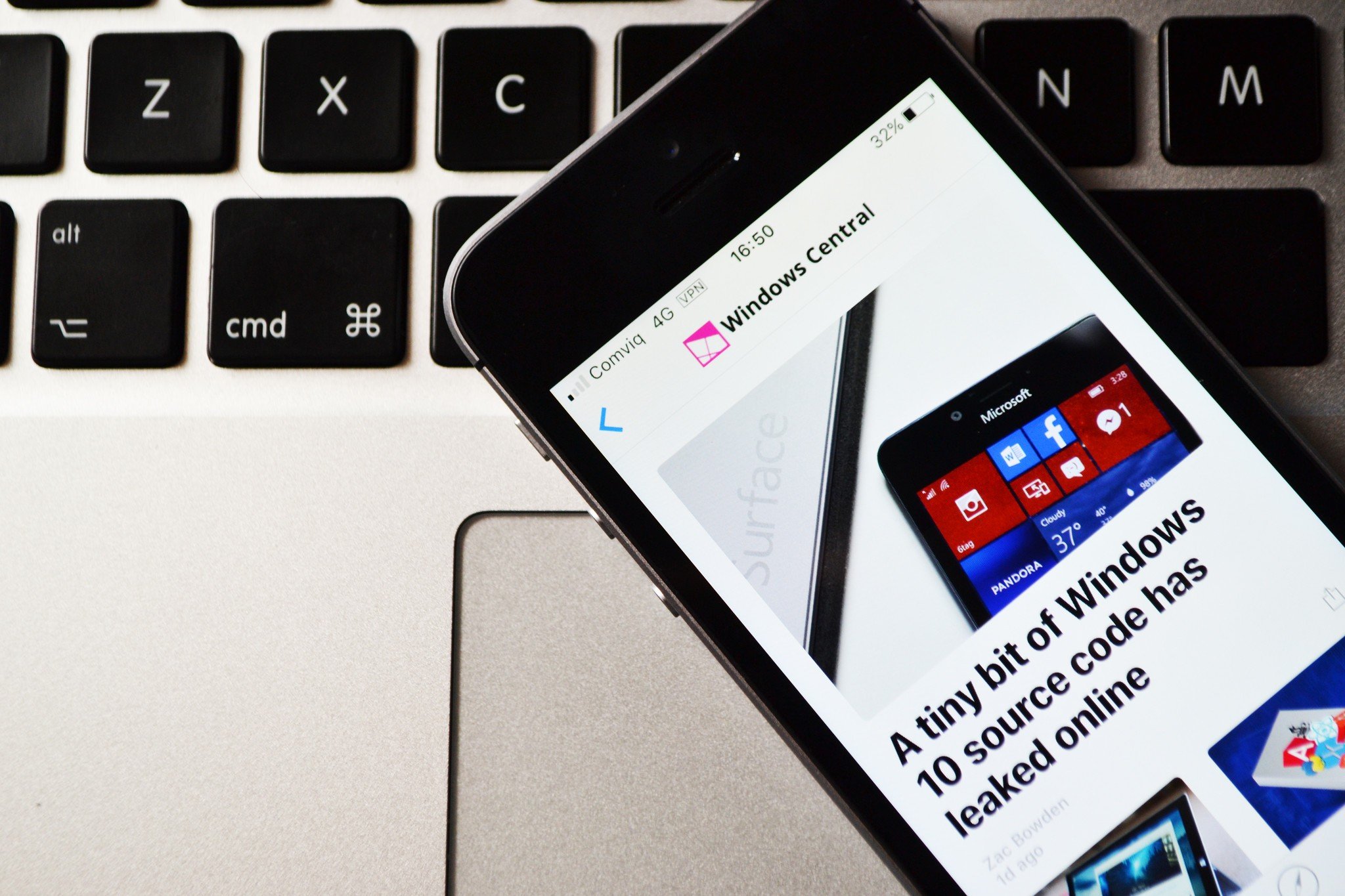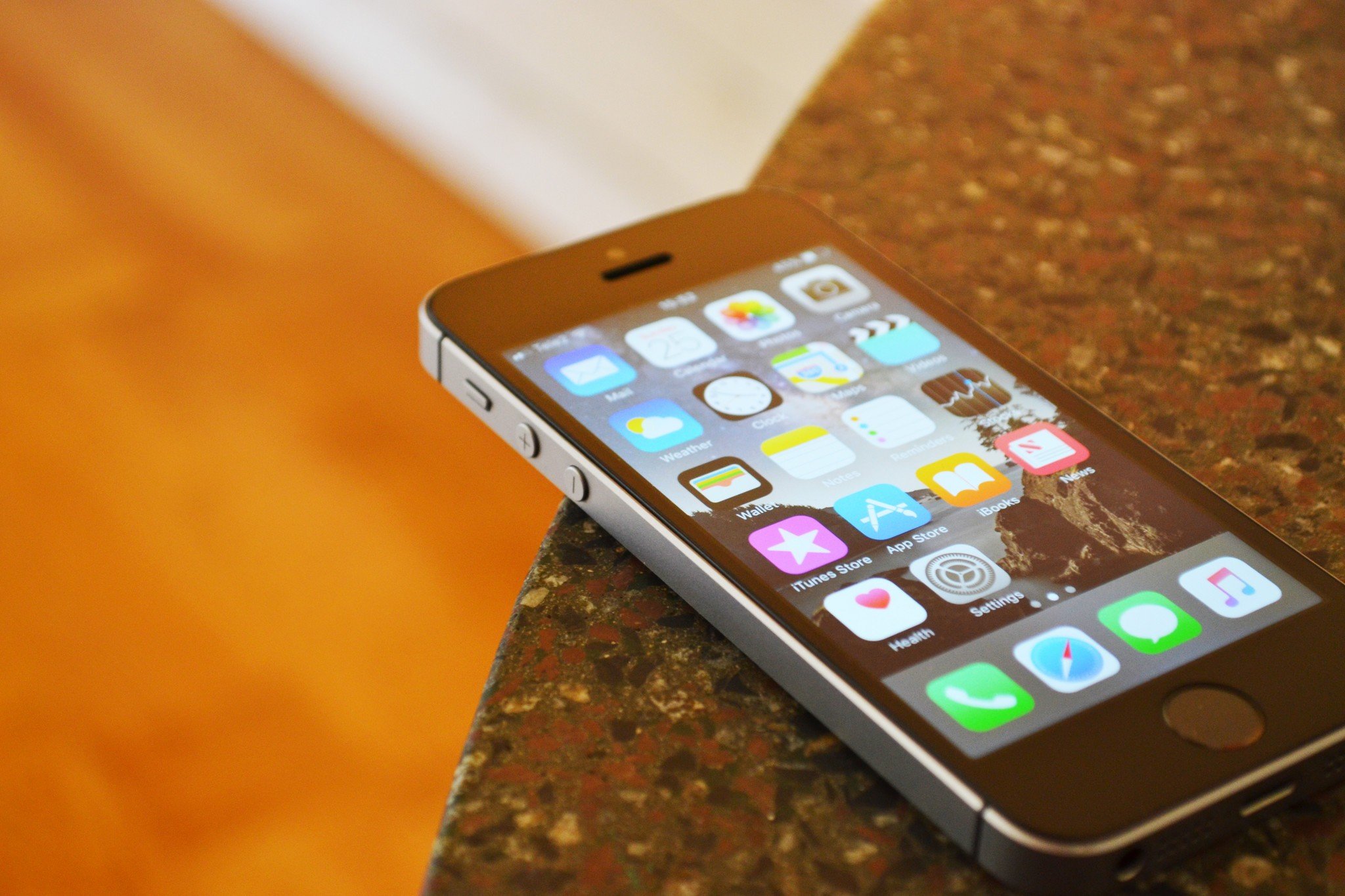Warren noted that he rarely used the Widgets panel or Microsoft Teams, citing that he preferred the weather display that later versions of Windows 10 offered, and didn't use Teams to communicate with his friends and family. He also acknowledged the expansion of Microsoft Store to include more "traditional" desktop applications. If your existing Windows 10 PC is running Windows 10 20H1 or later and meets the minimum hardware specificationsit will be able to upgrade to Windows 11. The upgrade rollout plan is still being finalized, but for most devices already in use today, we expect it to be ready sometime in early 2022. Not all Windows 10 PCs that are eligible to upgrade will be offered to upgrade at the same time. To see if your PC is eligible to upgrade, refer to our knowledge base for a list of tested systems.
Once the upgrade rollout has started, you can check if it is ready for your device by going to Settings/Windows Updates. Similar to how end users are notified when updates are available in Windows 10, end users will see an indication in the notification areas of the taskbar in the bottom right, that the upgrade is available. More information on how that is presented will be available at a later date. Additional desktop notification options may be also be added at a later date. Cunningham concluded that "as I've dug into and learned its ins and outs for this review, I've warmed to it more", but argued that the OS was facing similar "public perception" issues to Windows Vista and Windows 8.
In October 2019, Microsoft announced "Windows 10X", a future edition of Windows 10 designed exclusively for dual-touchscreen devices such as the then-upcoming Surface Neo. Legacy Windows applications would also be required to run in "containers" to ensure performance and power optimization. Microsoft stated that it planned to release Windows 10X devices by the end of 2020. Internet Explorer has been replaced by the Chromium-based Microsoft Edge as the default web browser, and Microsoft Teams is integrated into the Windows shell.
Microsoft also announced plans to allow more flexibility in software that can be distributed via Microsoft Store, and to support Android apps on Windows 11 . A redesigned user interface is present frequently throughout the operating system, building upon Fluent Design System; translucency, shadows, a new color palette, and rounded geometry are prevalent throughout the UI. The new Windows OS takes cues from its smartphone relatives, simplifying basic settings changes and making them easy to access. One click or tap in the corner of your taskbar to pull up a control panel similar to Apple's Control Center, which lets you futz with settings like brightness and volume, connectivity, and more. Windows apps now feature more aesthetically pleasing curved corners, and the Settings app has more options to change how you interact with the OS thanks to more accessibility features.
New sounds and audio cues are available for blind users, and themes for people with light sensitivity or those working long hours have been updated to be easier on the eyes. Windows 11, unfortunately, ditches a couple of its best tablet- and touch-friendly features. Most importantly, you can no longer swipe in from the left to open the task-switching view, a gesture I use all the time on my Surface Go tablet.
You can no longer swipe down from the top to close an app, either. This omission is less of a big deal because you can still hit the X in the window's upper right corner as you'd do in desktop mode. Again, though, for a handheld device, the down-swipe is more direct and requires less dexterity. There are, however, new three-finger swipe gestures to show the Task View and to minimize and app on the desktop. A sideways three-finger swipe switches you between running apps.
And you can, of course, use the Task View button in the Taskbar, but that's not as immediate as a swipe of the thumb. I'd argue that switching tasks is more important to tablet users than accessing Widgets, the new result of that gesture, too. Windows 11 was unveiled last month with a new interface, app icons, and a centrally placed Start menu. The rollout is expected to begin sometime later this year and will come pre-installed on new PCs. Windows 11 will be available as a free upgrade to Windows 10 users.
It is currently available for testing to Windows Insider members. Microsoft has also unveiled the feature update plan for Windows 11 every year. It has confirmed that only a single Windows 11 big feature update will be rolled out annually, whereas regular monthly quality updates will be provided for security and bug fixes.
Is Windows 11 A Thing I wouldn't say "worse", because there are some upgrades and it is generally more similar than dissimilar. For new users, Windows 11 will seem like a good option with the new design. You get rounded corners, a departure from the sharp edges we've seen in Windows for a long time. The Start Menu is now cleaner, featuring pinned apps and a recommended tab that shows you files based on your recent usage. The desktop more or less stays the same, but the right-click menu gets a simplified look, with the most common options like cut, copy, paste, and rename, at the top in a grid.
Instead of the somewhat clunky tiling system found in the previous iteration of the iconic taskbar, Windows 11 peels away the cruft and gives you what you need. In my case, it's a list of recently accessed files along with a tray of pinned apps for easy access, with a universal search bar at the top for easy web (or on-device) searching. The clean lines and use of widgets to display information like weather, news, and photos is a welcome change of pace from the busy screen in Windows 10. Anyone with one of the newer chips should have no trouble installing Windows 11 via Windows Update.
Microsoft made a downloadable ISO disk image file for the beta Insider version available for installing Windows 11, allowing in-place upgrades or clean installations on a PC or in a virtual machine. A similar installation option is now available for the release version of Windows 11 via the Microsoft's Download Windows 11 page. Some sources have reported that installing the OS with the ISO installer bypasses the system's hardware requirements, but that's not advisable as you may not get future OS updates if you install it on unsupported hardware. For the past six years, Windows users have watched on the sidelines as the tech landscape changed at a breakneck pace.
When Microsoft's sporadic "feature updates" did arrive, they were often plagued with bugs, some so damaging the updates were suspended. And yet, despite its rocky path, Windows 10 will go down as a success, a stopgap to the mess its predecessors left behind. It brought back the traditional desktop interface, gave PC owners reliable performance, and popularized touchscreen displays and hybrid 2-in-1 laptops.
Windows 11 is a free upgrade, but the minimum system requirements are quite a bit higher than ever before. Microsoft calls Windows 11 the most secure Windows yet, and that tag comes at the cost of backward compatibility. Trusted Platform Module 2.0, aka TPM 2.0, is one of those requirements. There are ways to manually install Windows 11 on incompatible systems, but those include giving up on official future updates via Windows Update and/or modifying the Windows 11 ISO file to remove security checks. The biggest change to Windows 11 is its more stringent hardware requirements. If your PC is recent, say, within the past five years, you should be alright, but older devices may be stuck with Windows 10 for the foreseeable future.
That's not to say the company won't be providing security updates to Windows 10, but that's about as much as you can hope for. Since the controversial hardware decision—implemented for both performance and security reasons—Microsoft added Windows 11 support for some older computers, but the company still recommends against it. Windows 11 has higher technical requirements than Windows 10, is possible to install Windows 11 on devices that don't meet the minimum requirements. Upgrading unsupported hardware to Windows 11 will require you to install the update manually using an ISO. There is a different set of minimum minimum requirements your PC will have to meet including 4GB of RAM, 64GB of storage space, and two-core 64-bit 1 GHz processor.
Minor complaints aside, we like to see Microsoft giving its marquee software some attention. For the last few years, the company has focused more on its Azure cloud computing services—justifiably given that business's profitability. Windows 11 brings slick new looks, useful new tools, updated default apps, extra capabilities, and performance advances. Perhaps that's enough to lure away some Chrome OS users or Mac users.
Regardless, it's still early days for the desktop OS that's used on 1.3 billion PCs, so we look forward to Microsoft fine-tuning and perfecting Windows 11's design in future updates. File Explorer is a good example of Windows 11's new look, particularly its updated left panel controls and folder icons. Note the simplified ribbon along the top, which is far less busy and distracting than the previous File Explorer's. The New button at the top left works for new folders or documents supported by your apps, and the same viewing options for files are available.
The overflow menu offers file compression, selection, and Properties options, as well as the old Folder Options dialog. The right-click context menus, which have grown longer and longer over the years, get shorter, smarter, and clearer in Windows 11. Yes, you'd have seen images of this operating system on the internet, with the supposed center placement of certain elements on the task bar, a supposed new multitasking experience and even the addition of widgets. But there is an inherent risk with installing official test builds too. That's what happens with work in progress software, and which is why we recommend not installing beta versions of software and apps, on primary computing devices. The thing with this Windows 11 build is, it isn't even official.
For long-time Windows users, this update may cause a few annoyances. The start button resides in the center by default, although you can move it back to the left. Also, the right-click menu hides away some menu options, like some app-specific functions you get with apps like Winrar, or some other Windows options like Troubleshoot compatibility. On the touchscreen, you can slide from the left on the desktop to have widgets appear. Perhaps the most important thing to know about the release of Windows 11 is that we should expect it to change significantly over the next few years.
I've been using beta versions of Windows 11 for a month in the lead-up to writing this review, and it seems like every few days there's a minor new feature or redesigned app to check out. We may not see that feature fully realized in Windows until next year. Original equipment manufacturers can still ship computers without a TPM 2.0 coprocessor upon Microsoft's approval. Some third-party software may refuse to run on unsupported configurations of Windows 11.
At least 16GB of RAM The basic system requirements of Windows 11 differ significantly from Windows 10. Windows 11 only supports 64-bit systems such as those using an x86-64 or ARM64 processor; IA-32 processors are no longer supported. Thus, Windows 11 is the first ever consumer version of Windows not to support 32-bit processors and 16-bit software . The minimum RAM and storage requirements were also increased; Windows 11 now requires at least 4GB of RAM and 64GB of storage. The compatibility list includes the Intel Core i7-7820HQ, a seventh-generation processor used by the Surface Studio 2, although only on devices that shipped with DCH-based drivers. The taskbar's buttons are center-aligned by default, and it is permanently pinned to the bottom edge of the screen; it cannot be moved to the top, left, or right edges of the screen as in previous versions of Windows.
The "Widgets" button on the taskbar displays a panel with Microsoft Start, a news aggregator with personalized stories and content (expanding upon the "news and interests" panel introduced in later builds of Windows 10). Microsoft Teams is similarly integrated with the taskbar, with a pop-up showing a list of recent conversations. In January 2021, it was reported that a job listing referring to a "sweeping visual rejuvenation of Windows" had been posted by Microsoft. A visual refresh for Windows, developed under the codename "Sun Valley", was reportedly set to re-design the system's user interface.
Citing security considerations, the system requirements for Windows 11 were increased over Windows 10. While the OS can be installed on unsupported processors, Microsoft does not guarantee the availability of updates. Windows 11 also drops support for 32-bit x86 CPUs and devices which use BIOS firmware. Pinned app buttons (they're larger than icons but smaller than Windows 10's tiles) are at the top of its panel. Recent and frequent apps and documents are in a section below them.
The Start menu's new mini-tiles are still good for touch input, but you lose info that live tiles offer, annoying as those could sometimes be. Another quibble I have with the new Start menu is that it's harder to get to the All Apps view than in Windows 10. With that version of Windows, you can see all installed apps as soon as you open the Start menu; they're in a list on the left while tiles for your pinned apps are on the right. As with Windows 10, you can let the company know what you'd like to see added to the software, and you may be surprised at how often it listens. Anyone can sign up for preview builds of the OS through the Windows Insider Program. It lets you experience new features before they're available for general release.
The next major update, 22H2 is expected to add Start menu options along with some redesigned included apps like Notepad and Photos. It's not imperative that you upgrade your system to Windows in the next couple of weeks, or even months. For many people, that's about the time to upgrade to a newer device, one that will come with Windows 11 already installed.
Mind you, this supposed Windows 11 build isn't being distributed via official Microsoft channels. It is being hosted by all sorts of websites, and that is a recipe for disaster. This is exactly the sort of thing that hackers love, malicious software and virus finds its way into, and phishing as well as snooping scams happen. Or whether the security and data protection systems are actually well and truly in place as you begin to access the depths of the world wide web from this test build. The millions of Windows users who don't use Teams can remove the icon, but they'll need to do so from Settings — there is no simple right-click, unpin option for pre-installed apps. Those who do use the video conferencing software can launch video calls, host chats, or bring up the full Teams app.
I'm sure some will find this convenient, but most Windows 11 users will wonder why something they'll never touch is featured so prominently on the desktop. You can refer to our knowledge base for a list of tested systems to determine if your device eligible to upgrade to Windows -11. Many PCs that are less than four years old will be able to upgrade to Windows 11.
They must be running 20H1 or later version of Windows 10 and meet the minimum hardware requirements to receive the Windows 11 upgrade. Next to the Search icon is Task View, which hasn't changed much from Windows 10. Task View and the Alt + Tab functionality still overlap considerably. The Alt + Tab functionality shows all of the windows that you have open, including the option to include the most recent 3 or 5 tabs within Edge.
Microsoft introduced Task View in Windows 10 as a way to shift between arrangements of various windowed apps on laptops and other single-screen devices. It's still an excellent tool for working on the road, but you might not find it as useful when your PC has access to multiple physical monitors. I can't point to a single feature in Windows 11 that's really worth upgrading instantly for; instead, it's a collection of changes that make the OS feel more modern and easier to use. So even if you want to upgrade, you'll need to check Microsoft's PC Health Check app to see if your PC will even support Windows 11. You may need to enable TPM 2.0 from your PC's BIOS settings to get Secure Boot working, or perhaps even switch how Windows is installed on your storage if you manually installed the OS.
The hardware requirements have changed a lot here, but the PC Health Check app should guide you on anything that needs addressing. I haven't noticed any big performance improvements or problems running games on Windows 11. It feels exactly the same as Windows 10 for gaming, as far as I can tell. PC Gamer has noticed that Windows 11's new Virtualization-Based Security can impact gaming performance by as much as a 28 percent drop in frame rates. It's a setting that Microsoft wants PC builders to enable by default on new Windows 11 PCs, so while it won't impact people upgrading or clean installs, new gaming PCs could ship with VBS enabled. The improved Snap Layout and Snap Group features let you easily manage and resize windows on your monitor, as well as keep apps you need to use simultaneously grouped together.
Hover your mouse over the window maximize button on the app of your choice to see the layout options, ranging from a side-by-side layout to a four-app grid. Windows 11 SE was announced on November 9, 2021, as an edition exclusively for low-end devices sold in the education market, and a successor to Windows 10 S. It is bundled with applications such as Microsoft Office for Microsoft 365, Minecraft Education Edition, and Flipgrid, while OneDrive is used to save files by default. Windows 11 SE does not include Microsoft Store; third-party software is provisioned or installed by administrators.


























